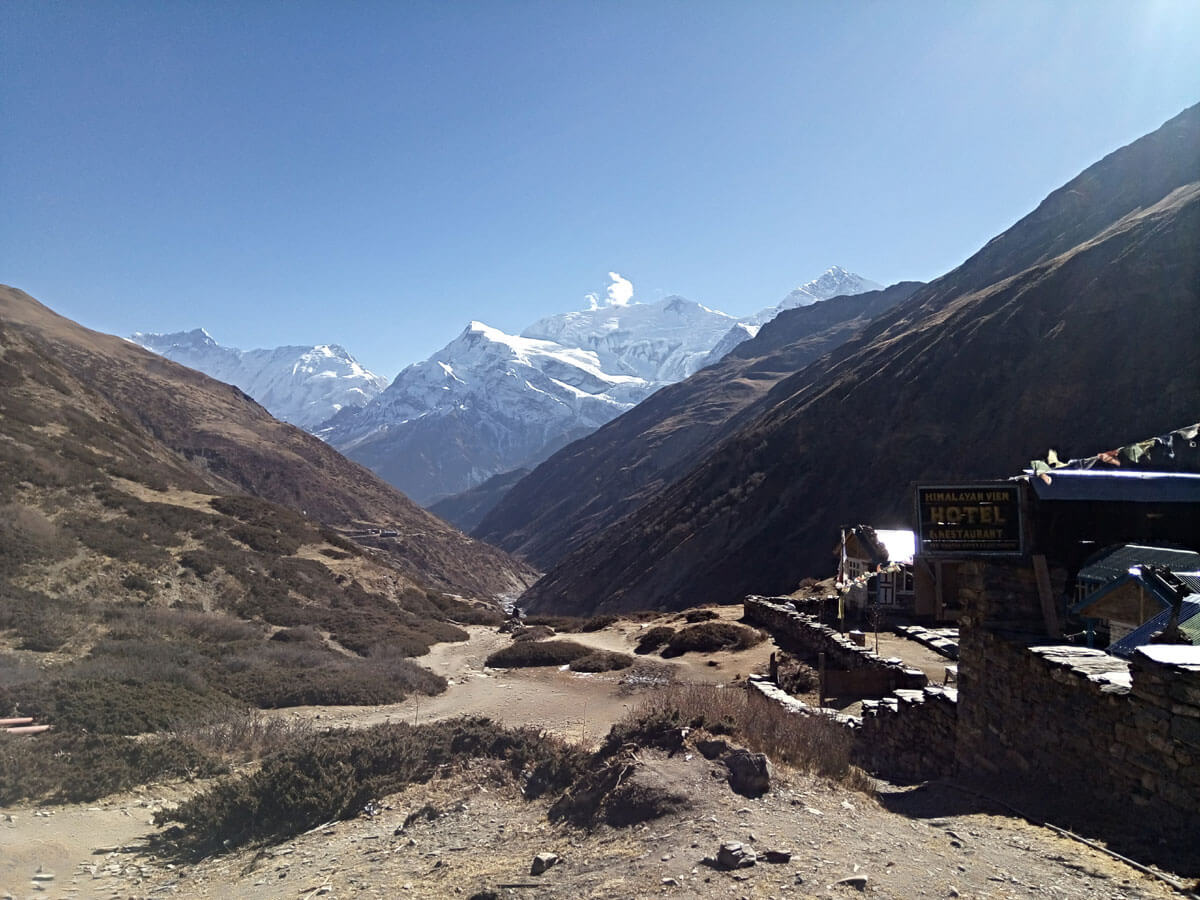
Annapurna Base Camp Trek vs Everest Base Camp Trek
Annapurna Base Camp Trek vs Everest Base Camp Trek blog intends to make a comparative study of both the treks. Both ABC Trek and EBC Trek are the most popular treks in Nepal.
As soon as one thinks of visiting Nepal, they search for these treks because of their natural, cultural, and adventurous beauties. Both the classic treks are the most recommended treks for foreign trekkers.
Annapurna Base Camp Trek takes you around Mt. Annapurna (8,091m), the tenth-highest mountain in the world. As it traverses through the Annapurna Conservation Area Project (ACAP), it is also called Annapurna Sanctuary Trek.
Trips - Annapurna Base Camp Trek vs Everest Base Camp Trek
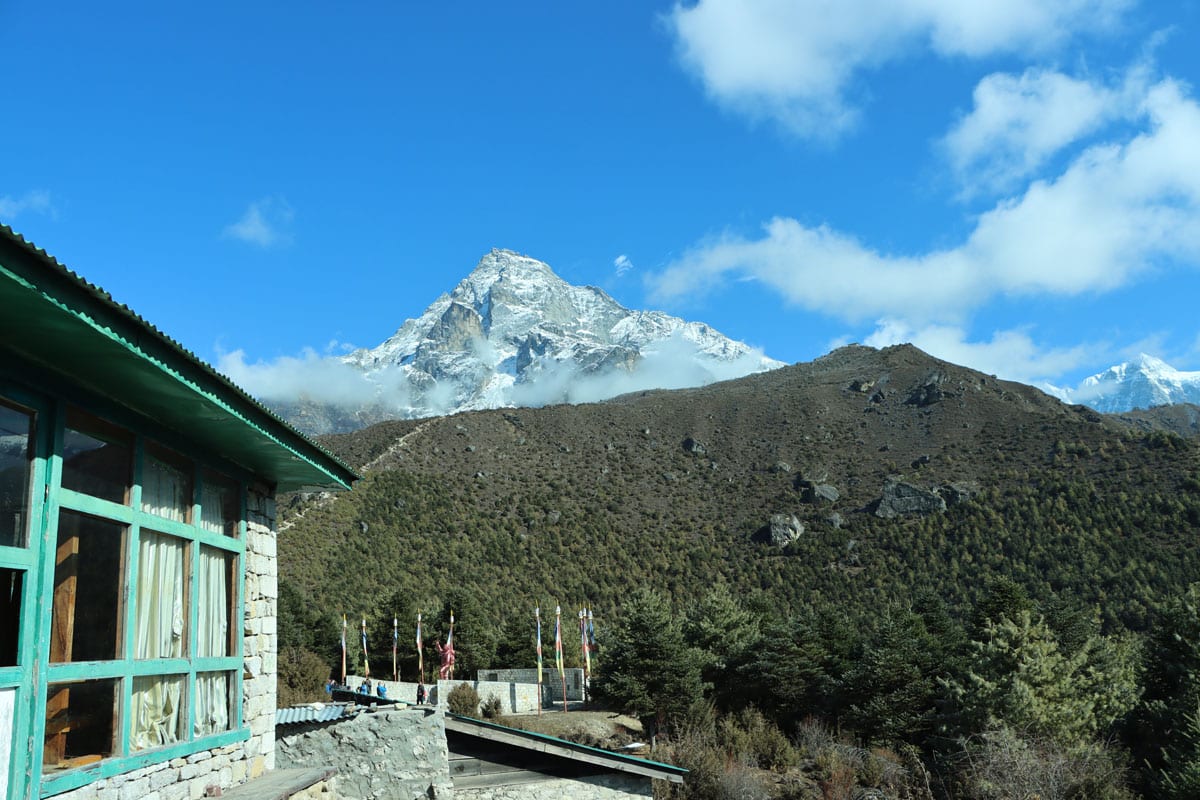
Everest Region Trek , Nepal
Everest Base Camp Trek with Jeep Drive
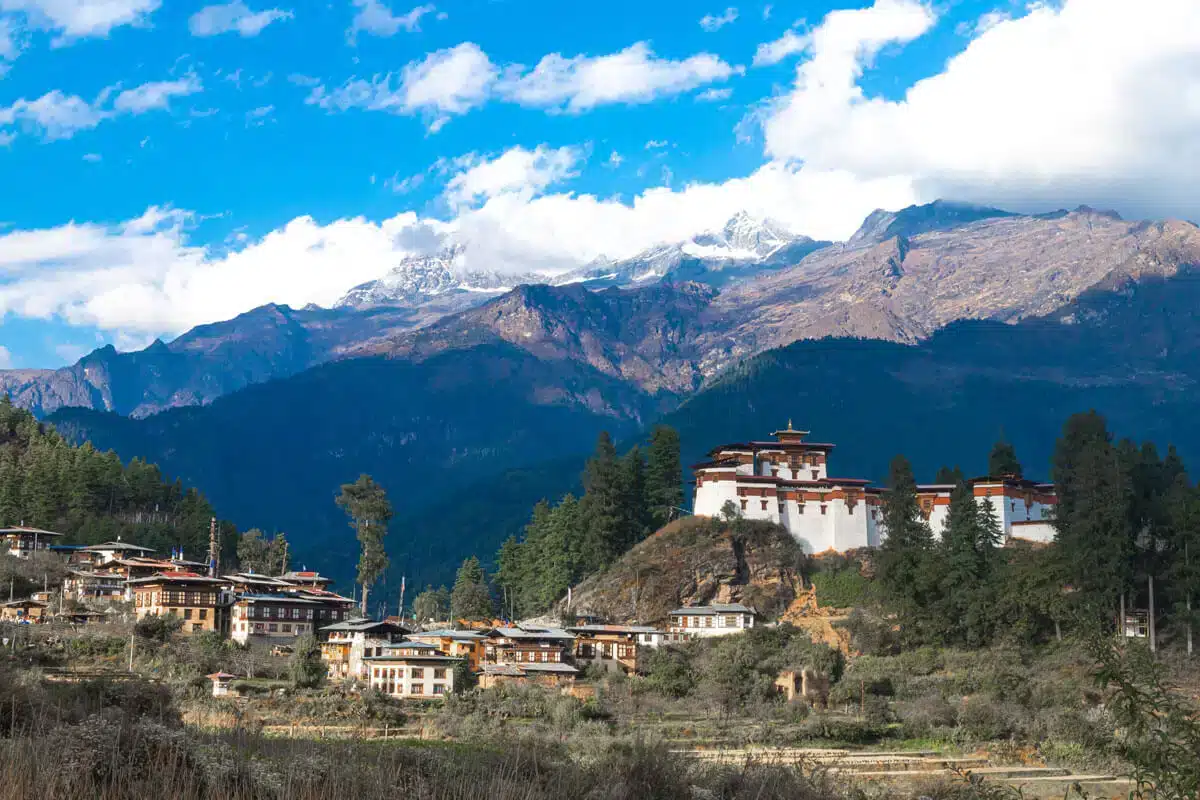
Bhutan
Central Bhutan Tour
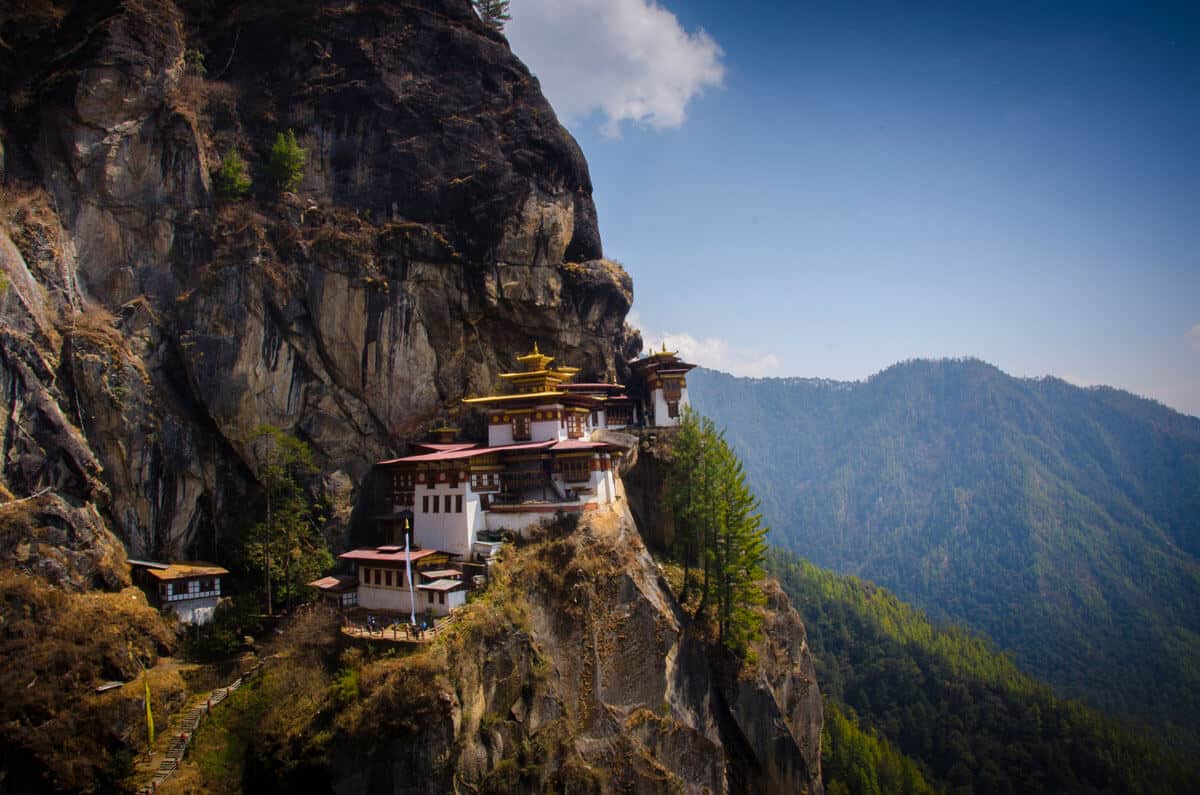
Bhutan
Bhutan Paro tour
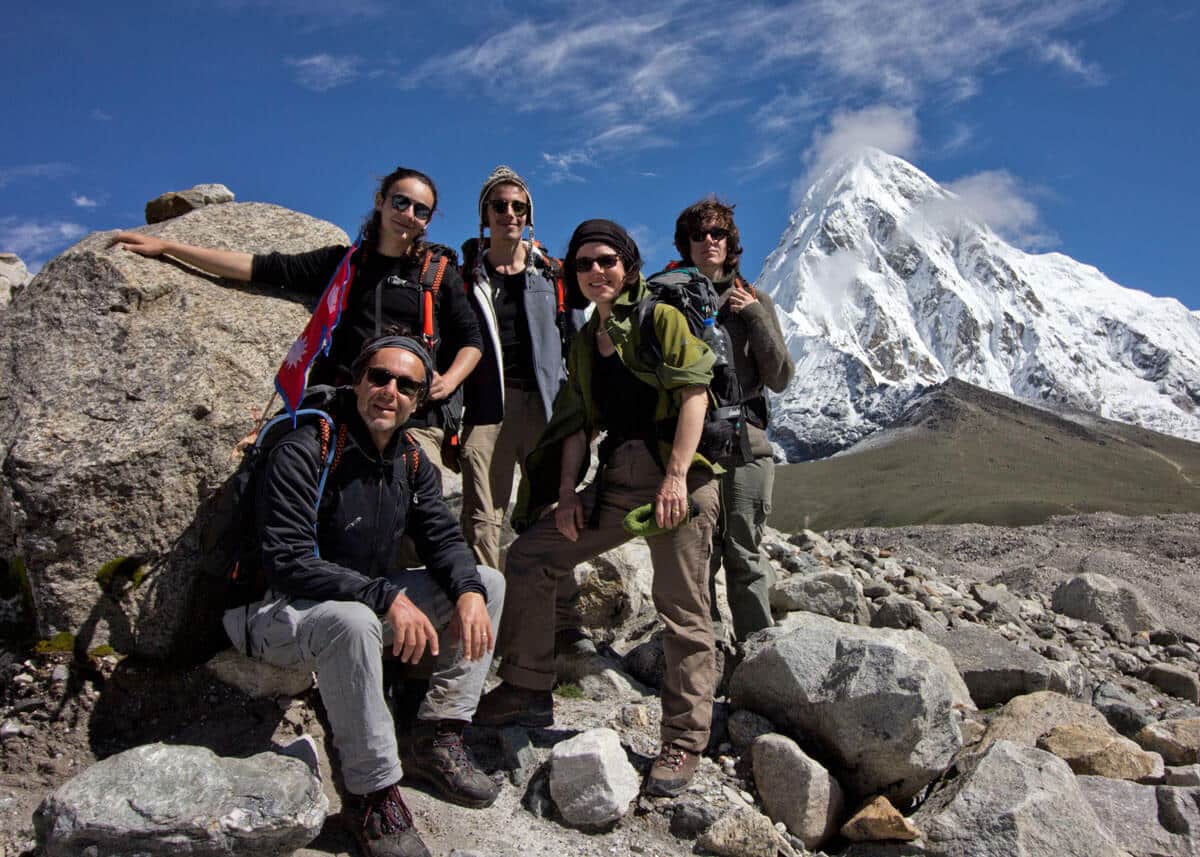
Everest Region Trek , Nepal
Everest Base Camp Sleeping Trek
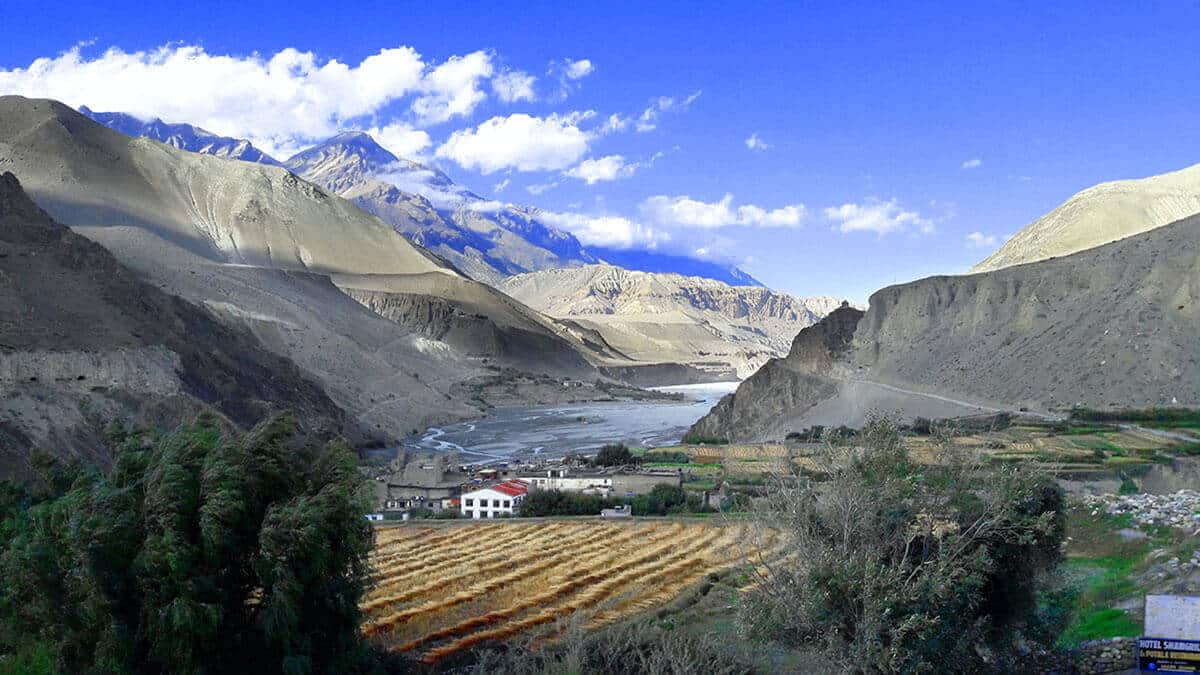
Nepal , Restricted Region Trek
Upper Mustang Jeep Tour
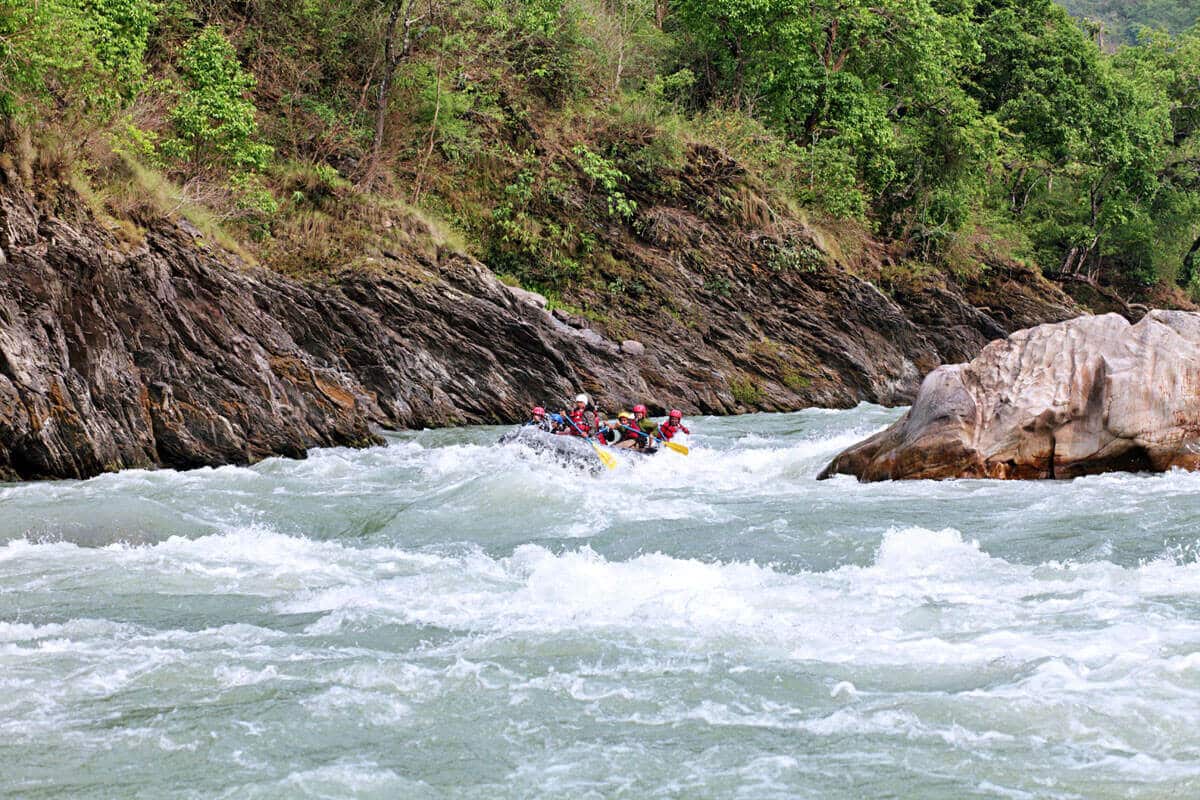
Nepal
Trishuli River Rafting
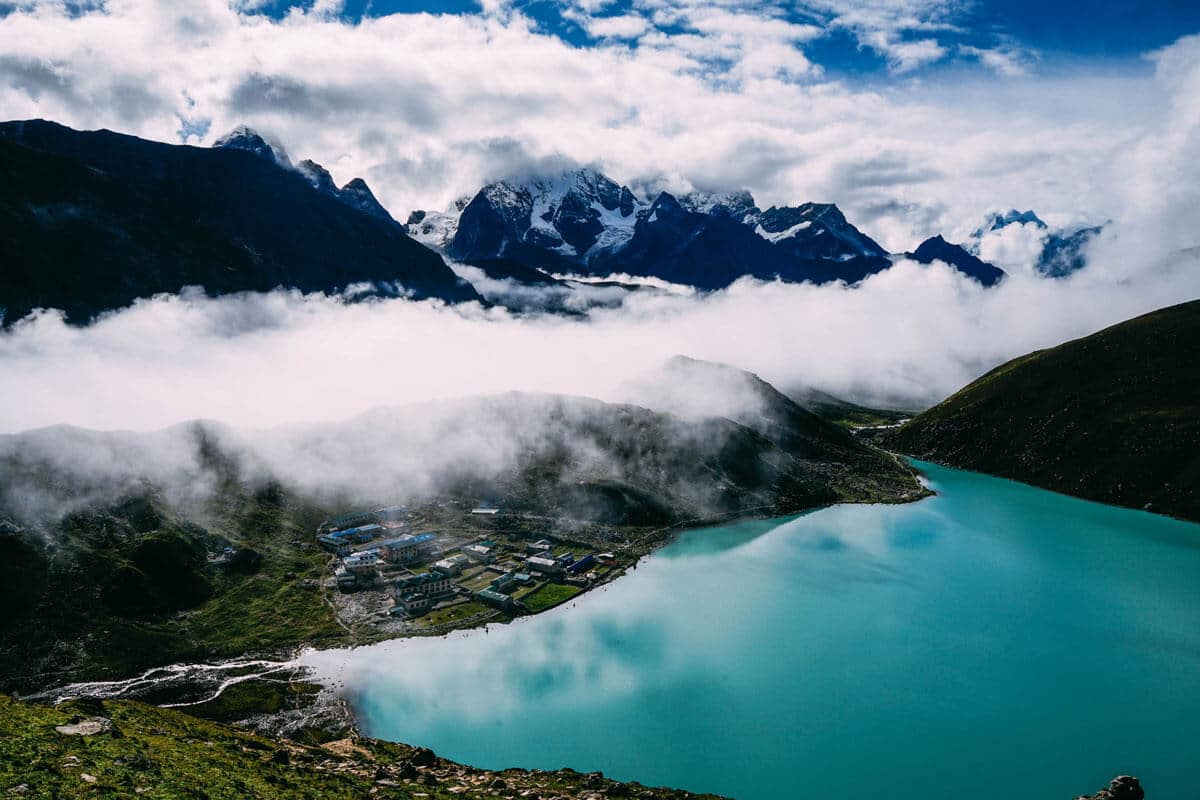
Everest Region Trek , Nepal
Gokyo Lake Renjola Pass Trek
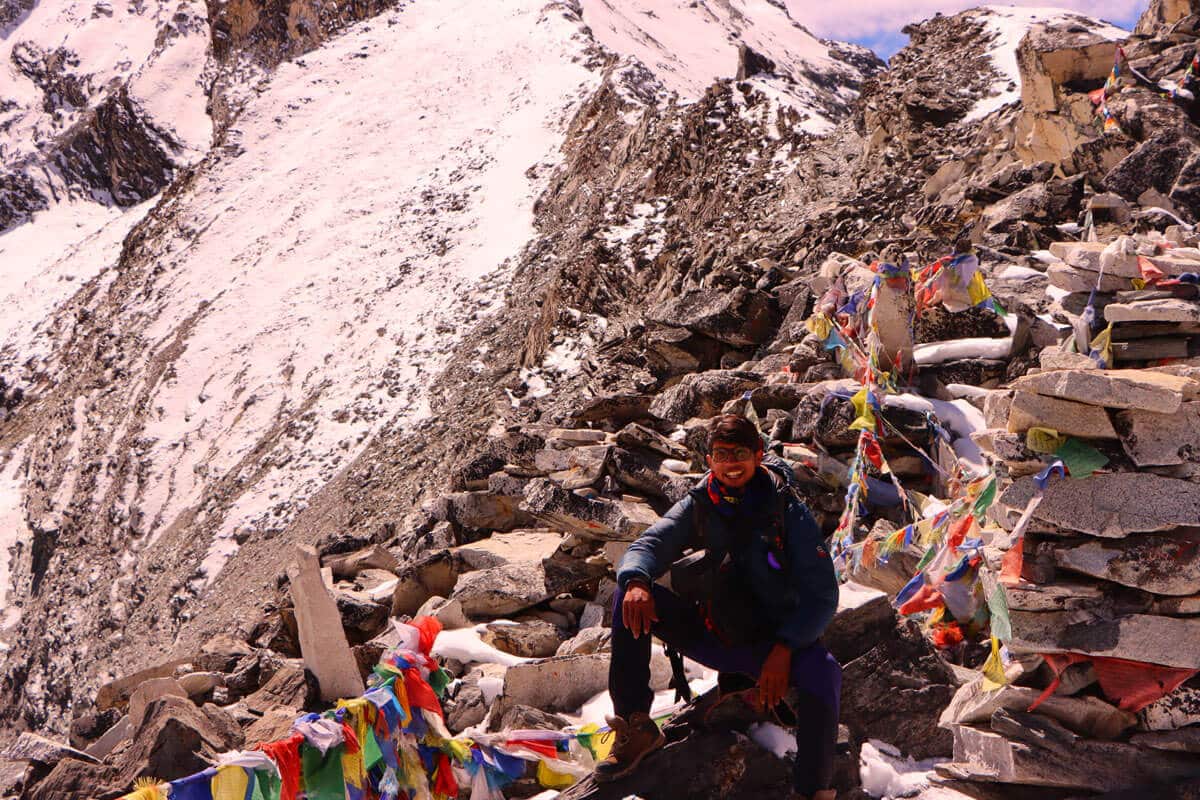
Everest Region Trek , Nepal
Arun Valley Everest Base Camp Trek
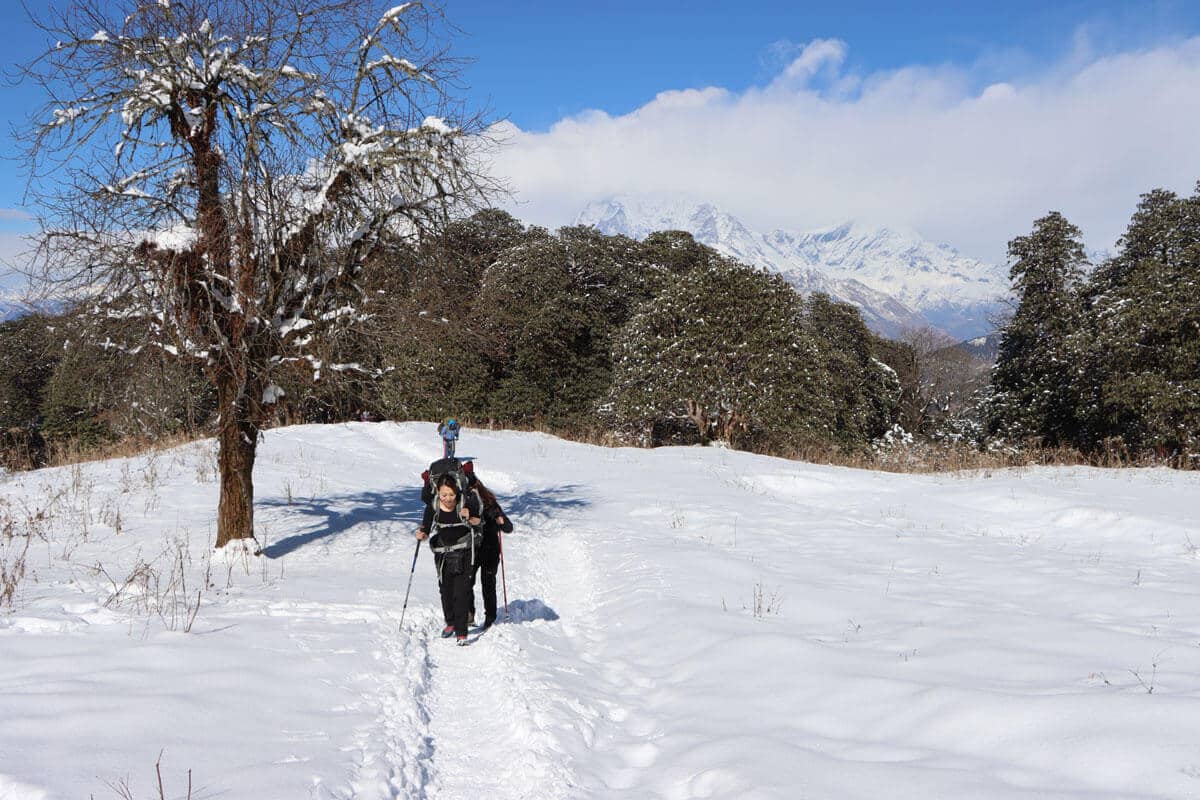
Annapurna Region Trek , Nepal
Annapurna Circuit with Ghorepani Ghandruk Trek
The Annapurna Region is home of diverse flora and fauna plus many ethnic groups such as Gurung, Magar, Chhetri, Bahun, etc. While trekking to Annapurna, you get to see a large variety of cultures, traditions, and lifestyles.
The majority of people living in the Khumbu Region are the Sherpas, synonymous to the Himalayas. Trekking to the Everest Region is an opportunity to learn about the Tibetan Buddhist culture and tradition.
Ancient monasteries such as Tenboche Monastery, Khumjung Monastery, etc., chortens, and mani walls decorated by colorful prayer flags add up to the memory of trekking in Nepal.
We hope that this Annapurna Base Camp Trek versus Everest Base Camp Trek blog will be helpful in choosing the best trip in Nepal. We have tried our best to include as many pieces of information as possible in the blog.
Table of Contents
- Nepal Trekking Cost for Annapurna trek and Everest Trek
- Nepal Trekking Itinerary
- Everest trek and Annapurna trek difficulty
- Nature of Annapurna trek and Everest Trek
- Culture value of Annapurna Region trek and Everest Region trek
- Nepal Trekking Routes Map
- Conclusion: Annapurna Base Camp Trek vs Everest Base Camp Trek
Nepal Trekking Cost for Annapurna trek and Everest Trek
The cost of Annapurna Base Camp Trek is cheaper than trekking to Everest Base Camp (5,364m). You have easy access of roadway transportation to the Lake City Pokhara from Kathmandu although flights from Kathmandu to Pokhara are also available.
But for EBC Trek, flights from Kathmandu to Lukla (2,860m) are almost mandatory. Yes, there are roadway travel options as well but it adds to your Everest Base Camp Trek itinerary. Flight tickets and some more days to the itinerary definitely add to the cost of EBC Trek.
Likewise, meals and other edible stuffs are more expensive in the Everest Region than in the Annapurna Region. In the areas closer to Pokhara, it is easier to transport food items due to geographical easiness. Thus, the cost of food items in the Annapurna Region is cheaper than in the Khumbu Region.
Nepal Trekking Itinerary
Annapurna Base Camp Trek itinerary varies from 5 days to 15 days. For those having short vacation, 5 days ABC Trek is recommended. Those having two weeks’ vacation can book longer days’ itinerary.
The most appropriate package for the nature lovers and cultural adorers, Annapurna Base Camp Trek Itinerary 7 days.
Everest Base Camp Trek itinerary extends between 8 days and 22 days. For beginner trekkers, a longer itinerary is recommended while for the experienced ones shorter trek is suitable. Everest Base Camp Trek Itinerary 15 days is the most appropriate package for everyone.
Outline Itinerary of Annapurna Base Camp Trek
Outline Itinerary of Everest Base Camp Trek
Variation
There is variation in both Annapurna Base Camp Trek and Everest Base Camp Trek. By the way, variation here means the different routes that you can take while trekking in Nepal.
It also means that you can do ABC Trek and EBC Trek combining other beautiful trekking destinations. Nepal trekking variation of trekking gives you a different experience than doing a regular trekking to these destinations.
Variation of Annapurna Base Camp Trek
- Mardi Himal Trek with Annapurna Base Camp Trek
- Ghorepani Poon Hill Trek with Annapurna Base Camp Trek
- Annapurna Base Camp Trek with Annapurna Circuit Trek
Variation of Everest Base Camp Trek
- Everest Base Camp Trek with Gokyo Lakes Trek
- Everest Base Camp Cho La Pass Trek
- Everest Three High Passes Trek
- Jiri to Everest Base Camp Trek
Permits
Both ABC Trek vs EBC Trek are the most popular trekking destinations in Nepal. Thousands of national and international tourists visit these destinations every year.
Annapurna Base Camp Trek Permits
- TIMS Card
- Annapurna Conservation Area Entry Permit
Everest Base Camp Trek Permits
- TIMS Card
- Sagarmatha National Park Entry Permit
- Khumbu Pasang Lhyami Rural Municipality Entrance Permit
- Gaurishankar Conservation Area Entry Permit (Jiri to Everest Base Camp Trek Route)
Everest trek and Annapurna trek difficulty
Annapurna Base Camp Trek difficulty level is considered to be moderate while Everest Base Camp Trek is moderately challenging.
Trekking difficulty level is measured on the bases of:
- trail condition
- food and accommodation services
- remoteness
- altitude gain or acute mountain sickness,
- transportation modes
- cost
- weather condition.
Both ABC Trek and EBC Trek are completely teahouse trekking in Nepal. You can book them as teahouse trekking, camping trekking, and service trekking accordingly.
Both of the treks are not as remote as Manalsu Circuit Trek, Upper Mustang Trek, and Upper Dolpo Trek.
While trekking to Annapurna Base Camp (4,130m), only the section from Deurali, to Machhapuchhre Base Camp (3,700m) doesn’t have human settlement areas. But you find teahouses around the base camp of Mt. Annapurna (8,091m).
En route of Everest Base Camp (5,364m), teahouses are found as high as Gorakshep (5,134m). EBC Trek from Gorakshep takes nearly 4 hours to reach and return down. Likewise, you don’t have to spend a night at a tented camp during Kalapatthar Trek from Gorakshep.
Weather and climate can be a factor of trekking difficulty of ABC Trek and EBC Trek in the winter and summer. The rainfall in the summer and the heavy snowfall in the winter are the causes of hurdles to these treks.
Due to the rainfall, thunderstorms, and lightening, trekking to the base camps of Mount Annapurna (8,091m) and Mount Everest (8,848.86m) can be challenging in the monsoon.
Similarly, poor visibility due to thick fogs and mists in the winter can obstruct the 360 degree panoramas in the winter. In the winter, both way flights from Kathmandu to Lukla can be delayed or even cancelled due to unfavorable weather conditions.
While trekking to the Himalayas, altitude gain and acute mountain sickness (AMS) are the most responsible factors to increase difficulty. As soon as you trek higher than 2,500m, altitude sickness is probable.
The maximum height of Annapurna Base Camp Trek is 4,130m and Everest Base Camp Trek is Kalapatthar (5,643m). Altitude sickness is an obvious phenomenon during both the treks. However, having enough sleep, food, water, and rest in the middle of the trek can save you from AMS. Moreover, don’t forget to keep some preventive and curative medicines in you backpack while trekking in Nepal.
Nature of Annapurna trek and Everest Trek
Both Annapurna Base Camp Trek and Everest Base Camp Trek are recognized for natural beauties. Excellent mountain views, butterflies, birds, animals, and plants make your trip more than just trekking.
Also known as Annapurna Sanctuary Trek, ABC Trek lies in the Annapurna Conservation Area Project (ACAP). The flora and fauna of the ACAP plus the snowcapped peaks of the Annapurna and Dhaulagiri Massifs give you a lifelong memory of trekking in Nepal.
Accordingly, Everest Base Camp Trek is located in the Sagarmatha National Park, a UNESCO World Heritage Site of Nepal. The biodiversity of the national park and the eye-catching vistas of the snowy mountains of the Mahalangur Himalayan Range add up to your pleasure.
While trekking to the base camp of Mount Everest (8,848.86m), you will witness some Himalayan Wonders in Nepal. Mt. Everest, Mt. Lhotse, Mt. Makalu, Mt. Cho Oyu, Mt. Ama Dablam (6,812m), Nangkartshang Peak, Khumbu Icefall, Khumbu Glacier, and Barun Valley are the rewards of EBC Trek.
Culture value of Annapurna Region trek and Everest Region trek
Cultural variety is another attraction of both ABC Trek vs EBC Trek. We make a tour or trek to other places not only for the Himalayan views and natural beauties but also for cultural beauties.
Culture and tradition including feasts and festivals are some of the major points to attract domestic and foreign tourists. Culture and tradition of a place are different from that of other places. We are more interested to learn about others’ culture and tradition because they are new to us.
The Annapurna Region is dwelt by Gurung, Magar, Chhetri, Brahmin, and many other ethnic communities. On this point, the Annapurna Valley is an abode of cultural varieties. Every ethnic community has different socio-cultural practices from rest of others.
Likewise, majority of population of the Khumbu Region is the Sherpa ethnic communities. You find a true flavor of Tibetan Buddhist culture and tradition in the Nepalese territories.
Ancient monasteries, chortens, and mani walls decorated by the colorful prayer flags have made this region more beautiful. Tengboche Monastery, Khumjung Monastery, and Pangboche Monastery are some of the cultural landmarks of the Sherpa villages.
Dumji Festival and Mani Rimdu Festival are the most popular celebrations of the entire Khumbu Region. Both these festivals are performed at the main monasteries of the Khumbu Region. Dumji festival is celebrated for four days in the month of July to mark Guru Rimpoche’s birthday on the lotus flower.
Mani Rimdu is one of the most colorful festivals of the Khumbu Region. It is a 19-day festival that extends from 1 to 19 of the 10th month of Tibetan Lunar Calendar (between October and November). Celebrated at the premises of Tengboche Monastery, it marks the founding of Buddhism Guru Rimpoche Padmasambhava.
Nepal Trekking Routes Map
Annapurna Base Camp Trek Route Map begins from Pokhara, the Tourism Capital of Nepal. This trip can be started after Kathmandu Sightseeing Tour.
From Pokhara, you take a drive to Nayapul or Syauli from where the trek formally begins. Then, you move towards Ghandruk, Kimrong Danda, Sinuwa, Deurali, Annapurna Base Camp, Bamboo, Jhinu Danda, and Kyumi.
Everest Base Camp Trek Route Map moves ahead from Lukla, Tenzing Hillary Airport. Before that you take a sightseeing tour of Kathmandu in which you visit 4 of 7 UNESCO World Heritage Sites.
From Lukla, you move to Phakding, Namche Bazar, Tengboche, Dingboche, Lobuche, Gorakshep, Everest Base Camp, and Kalapatthar. After Kalapatthar View Trek, you descend to Periche, Namche Bazar, and Lukla. Then, you catch a return flight to Kathmandu.
Best Time for the trip
It is possible to do both EBC Trek vs ABC Trek all year around. However, trekking in the spring (March-May) and the autumn (September-November) is different from that of the winter (December-February) and the summer (June-August).
Spring and autumn seasons are the best time for trekking in Nepal. Days are fine with clear skies and visibility because the weather is stable and predictable in these seasons.
Doing EBC Trek vs ABC Trek in the spring rewards you with blossoming flowers and clear Himalayan vistas. The ACAP and Sagarmatha National Park are home to many species of flowering plants, especially, rhododendron.
Different rhododendron species beautify the forests just like a bride on her wedding day. The entire forests look marvelous due to the colorful flowers.
Likewise, the mountains of the Annapurna Massif and Dhaulagiri Massif including Mt. Machhapuchhre (6,993m) welcome you to the Annapurna Region with their alluring smiles. 360 degree panoramas of Mt. Everest, Mt. Lhotse, Mt. Cho Oyu, Mt. Ama Dablam, etc. make your Everest Trek in the spring more than just a trip.
Trekking to Annapurna Base Camp (4,130m) and Everest Base Camp (5,364m) in the autumn rewards you with the excellent views of the Himalayas. The mountain vistas open up their beauties that glow the entire regions.
Moreover, autumn season in Nepal is the season of various festivals such as Dashain, Tihar, Mani Rimdu, etc. You can not only observe their celebration but also take part in them and rejoice the festive occasions at the fullest.
The autumn harvests various fruit species, so you can taste the organic fruits while autumn trekking in Nepal.
Trekking in Nepal in the winter and the summer might not be as pleasant and memorable as in other two seasons. Heavy rainfall, thunderstorms, and lightning can be some of the challenges of trekking in Nepal in the monsoon. In addition to this, leeches and bugs increase in numbers and get more active in this time.
Due to unpredictable nature of the weather, the mountain views might not be seen as beautiful and pleasant in the spring and the autumn. The domestic flights might get postponed and cancelled due to bad weather and poor visibility.
Winter trekking in Nepal is less recommended for foreign tourists. Thick fogs and mists cause poor visibility of the surrounding. This not only hinders the excellent vistas of the Himalayas but also delays or cancels the domestic flights.
Therefore, the spring and the autumn are the best time for trekking in Nepal, so highly recommended for national and international trekkers.
Conclusion: Annapurna Base Camp Trek vs Everest Base Camp Trek
Although both are the most popular treks in Nepal, there are some differences between them. Altitude gain, culture, and tradition, chances of acute mountain sickness, the mode of transportation of both treks are different from each other.
The ABC Trek vs EBC Trek blog is composed to help you choose the best trekking in Nepal. We are hopeful that this blog will be useful in gathering all the important information about ABC Trek and EBC Trek.
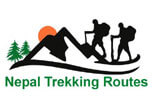


Comment